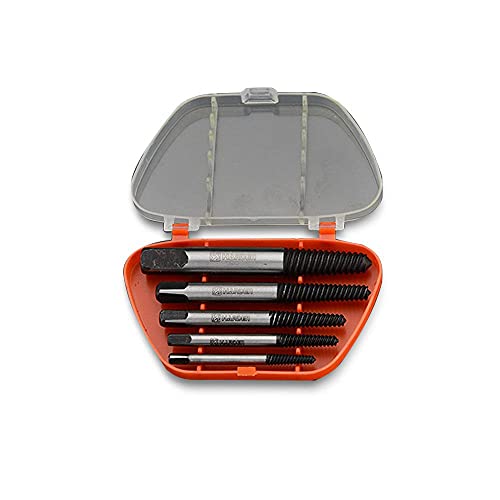anarxi
Well-known member
- Joined
- Oct 30, 2019
- Messages
- 444
checked our pricesOn paper that is true. Here in USA the market for scrap Sn is weak. It generally pays about half of scrap Cu.
$21 per kilogram of pure
17 if in alloy.
for example solder tin/lead
60/40%
1 kilogram =10.7 $
in Ukraine..
tin industry conspiracy...
)))














































